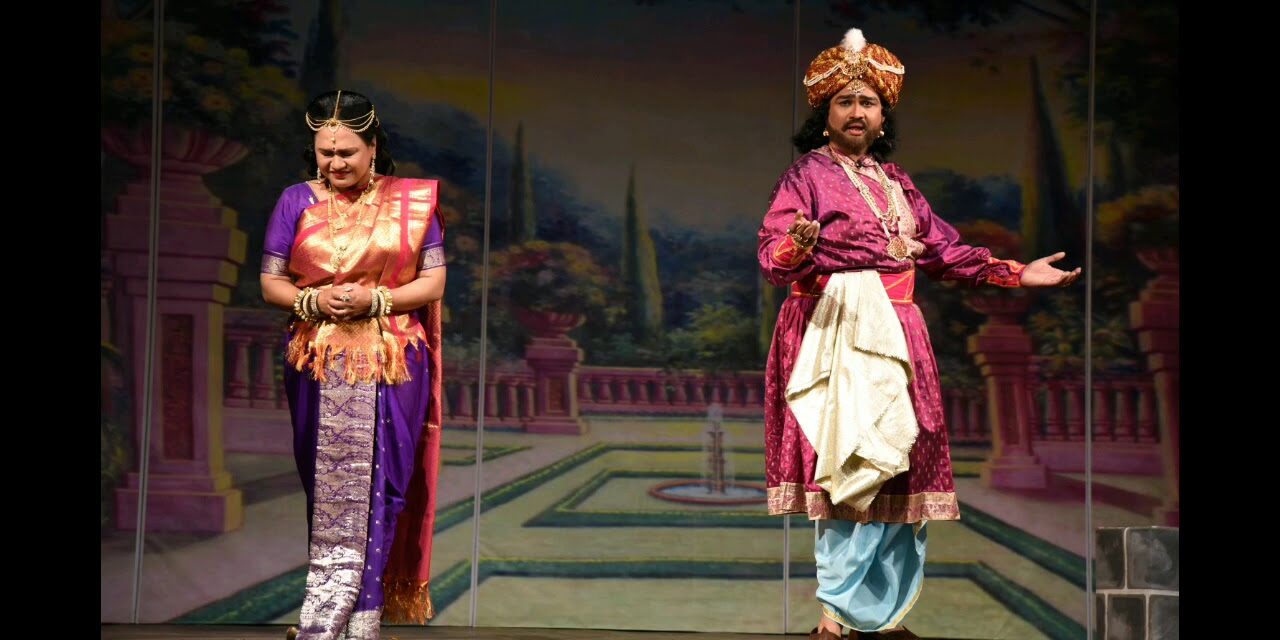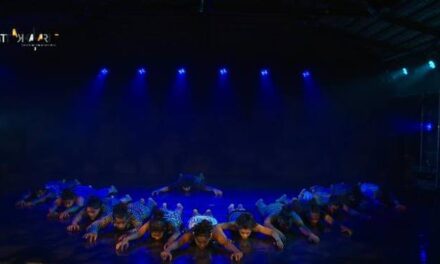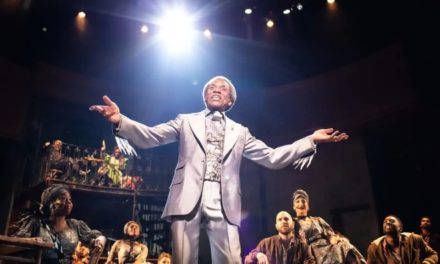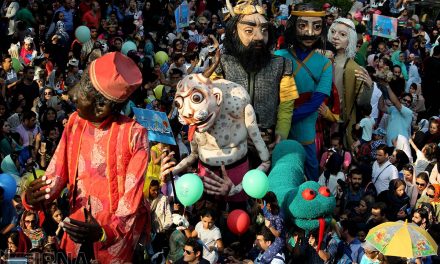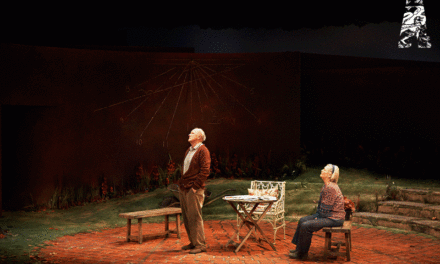Nehru Center’s Mahotsav is one of many efforts that continues to keep traditional Maharashtrian theatre prevalent
At the Nehru Center in Worli, the mellifluous strains of Marathi natya sangeet will accompany old-style costume drama this week, in the cultural venue’s Sangeet Natak Mahotsav. This is the festival’s 29th edition, and four new plays mounted in the style of the traditional Maharashtrian musical theatre will be showcased. Groups from both Pune and Mumbai will stage their productions, and the Nehru Center itself has produced the event’s opening act, Sagar Saath Surancha, written by Pradeep Oke and directed by Pramod Pawar. The play is a dialectic on whether Hindustani classical gharana music belongs in the private baithak.
Love and War
One of the plays in the itinerary is Sangeet Chandrapriya, which is set during the Gupta Empire, and concerns itself with palace intrigues between brother Chandragupta II and Ramagupta, and Dhruvika, the princess beloved of the former but married to the latter. The premise recalls the unrelated Sanskrit political drama, Devichandraguptam by Vishakhadatta, in which Ramagupta surrenders his queen, Dhruvadevi, to the enemy and Chandragupta, disguised as her, infiltrates and decimates the enemy camp.
For those who consider the sangeet natak to be a languishing form, it might be interesting to note that Sangeet Chandrapriya is the handiwork of a 20 year old wunderkind-in-the-making- Chinmay Moghe, who’s written both the script and the libretto, and has also helmed the production, It perhaps underlines the form’s appeal the even post-millennials. A presentation from Pune’s Samar Pratishthan, the musical play boasts of such singing stars as Chinmay Joglekar and Asmita Chinchalkar, who gives voice to the scintillating aria, “Mi Aaho Vijaya” composed by Jagadev Vairagkar. The production opened in January, and hopes to replicate the success of last year’s Sangeet Devbabhali. Both plays are not part of the traditional repertoire, and therefore do not trade in nostalgia for the form.
Poetry and Prayer
The closing act is the Mumbai-based Om Natyagandha Sanstha’s Sant Tukaram, drawn from the mystic poet’s extended interactions with Shivaji- which some historians maintain was instrumental in his rise to power (along with his linkages to other mystics of the Bhakti movement). The play is written by Babajirao Rane and directed by Santosh Pawar, and the eponymous protagonist is played by Vikrant Ajgaonkar. The 1936 namesake film featured Vishnupant Pagnis in the lead. Pagnis was not an actor who specialized in female parts, and his casting as Tukaram initially caused some consternation, but ultimately proved to be a masterstroke, because of the way in which he molded his mannerisms to perfectly represent a man in abject adoration of his lord. Along similar lines, Ajgaonkar played the titular female part in Sangeet Saubhadra, also from Om Natyagandha, perhaps signalling how the part of Tukaram calls for an investment of character that might be shared by those who also play women on stage. Shikkha Katyal, from the Bharat Natya Sanshidhan Mandir of Pune rounds up the line-up at the Mahotsav. Once again, this is a play based on historical events, in particular the post-Shivaji struggle for succession among the Marathas.
Form and Function
These new dramas seek to keep alive a form that dates back to 1843. That year, Vishnudas Bhave staged the first modern Marathi play, Seeta Swayamvar. In Sangli, under the patronage of the local king. Around two to three decades later, Annasaheb Kirloskar integrated music into the form, and a tradition of Indian opera was born. His plays include the aforementioned Sangeet Saubhadra (still popular almost a century and a half later) and Shaakuntal, which had 209 musical pieces in a play of seven acts. It was during the British Raj, that the sangeet nataks flourished like never before, and icons like Bal Gandharva, known for his performances as women, became household names. Festivals similar to the Nehru Center’s are regularly organized by other prominent cultural venues like the Kala Academy in Goa. In both restoration and reinvention, Sangeet Natak is certainly not being wiped from the map anytime soon.
Sangeet Natak Mahostav kicks off this evening with Sagar Saath Surancha at 6 p.m. at Nehru Center; entry is free; on till August 9th, see bookmyshow for more details
This article was reposted with permission from The Hindu. It was originally published on August 5th, 2019.
This post was written by the author in their personal capacity.The opinions expressed in this article are the author’s own and do not reflect the view of The Theatre Times, their staff or collaborators.
This post was written by Vikram Phukan.
The views expressed here belong to the author and do not necessarily reflect our views and opinions.

